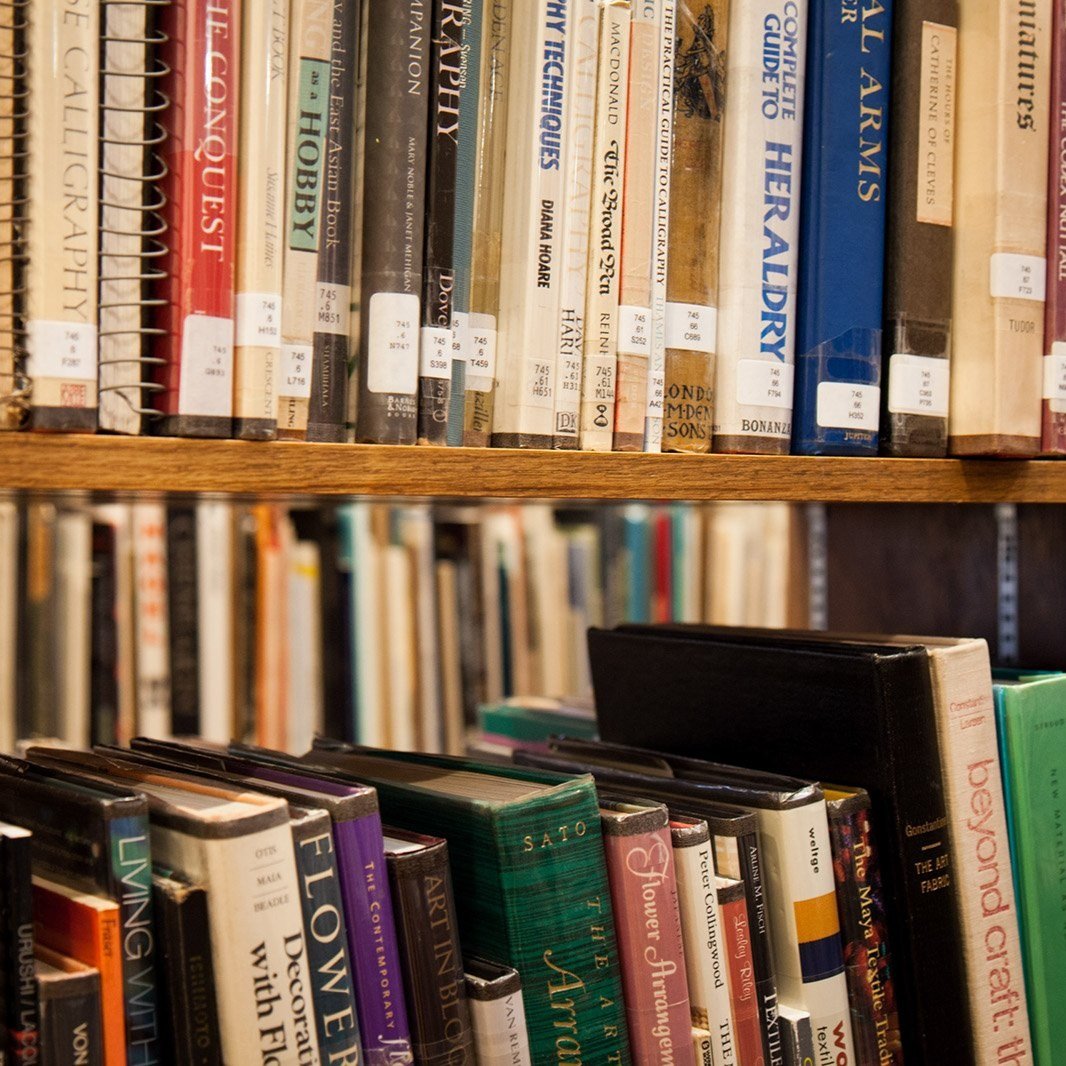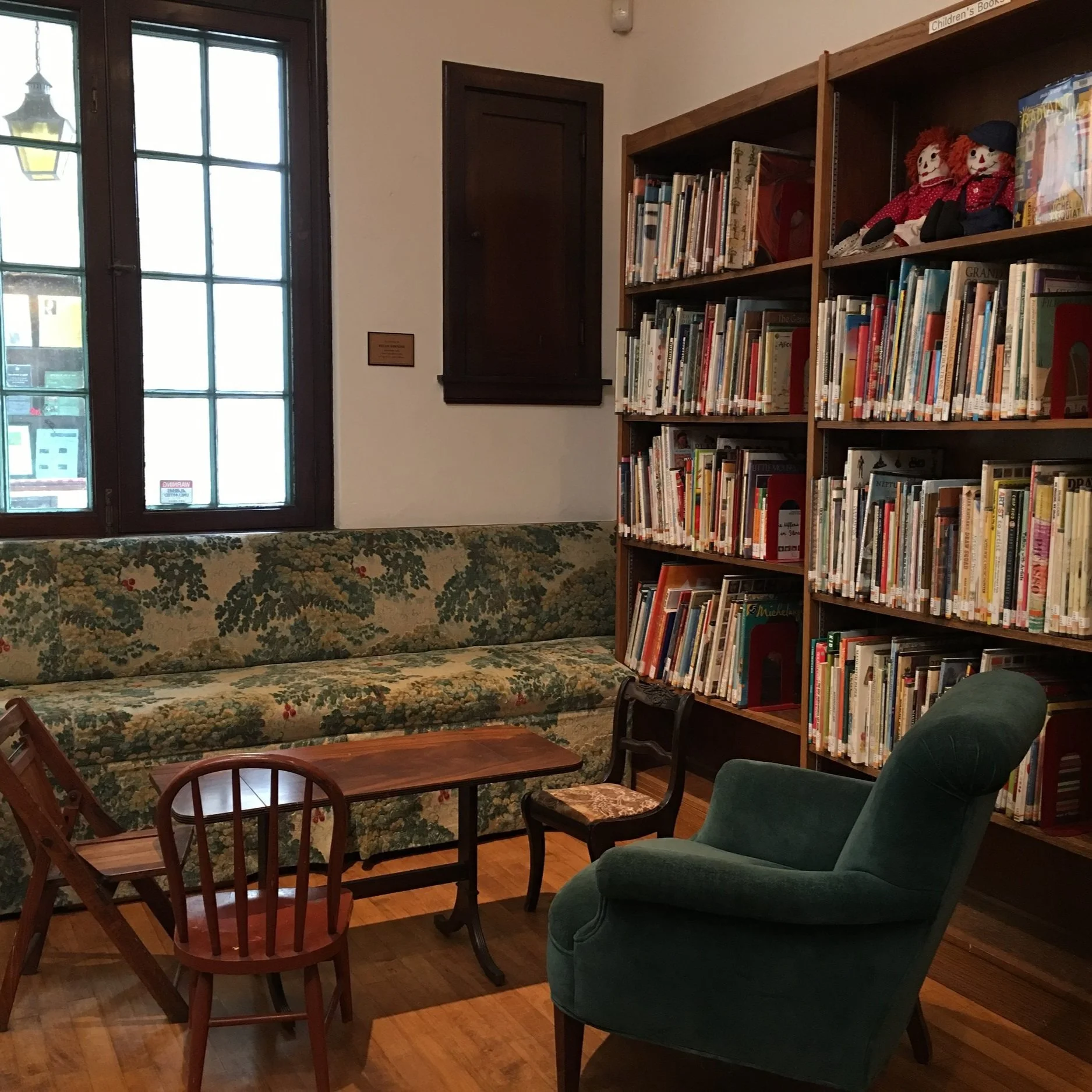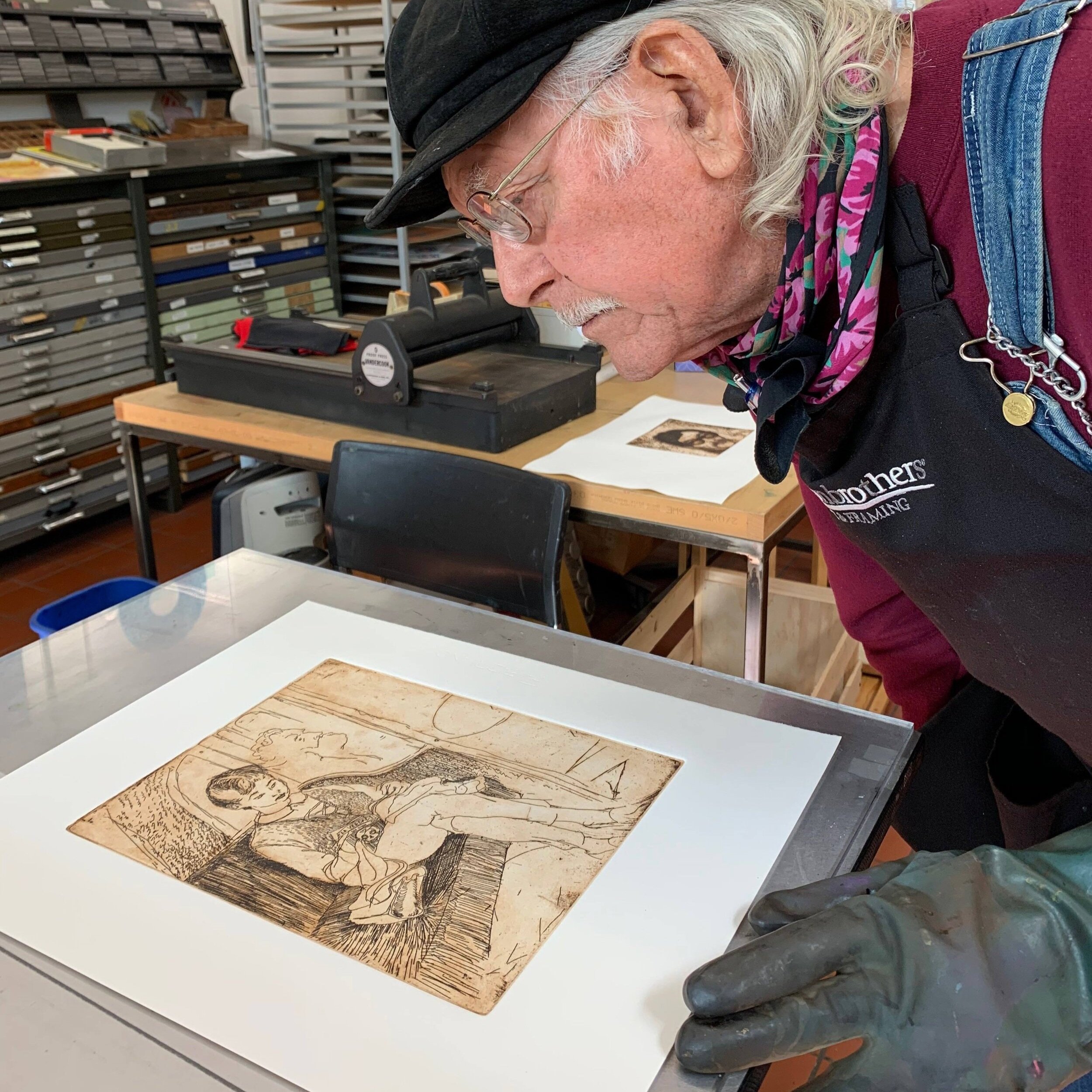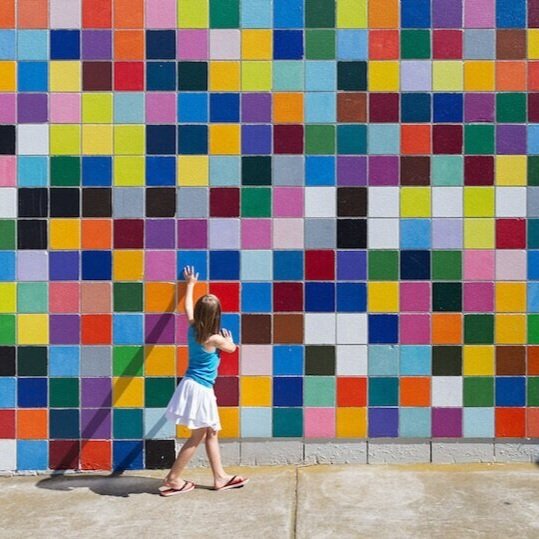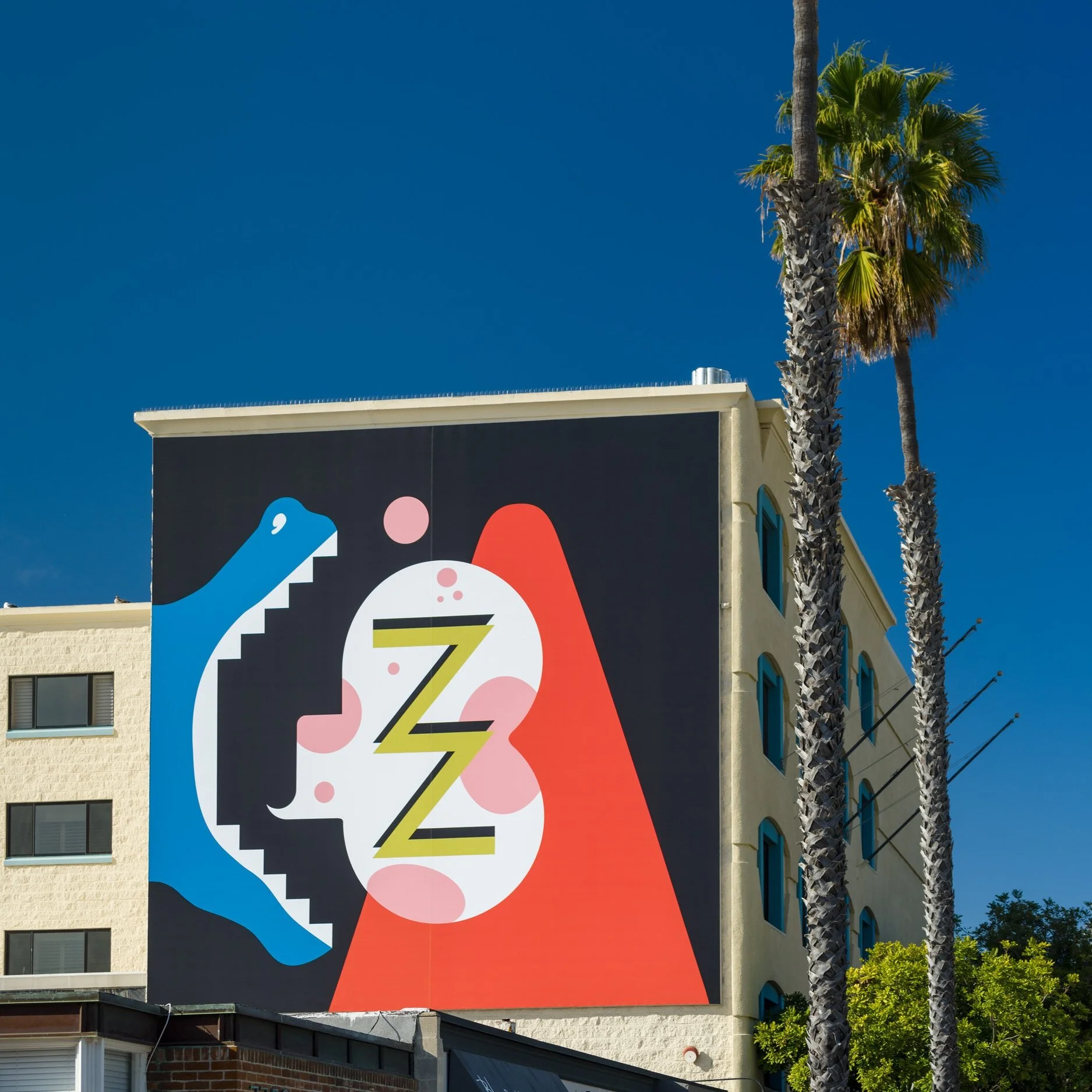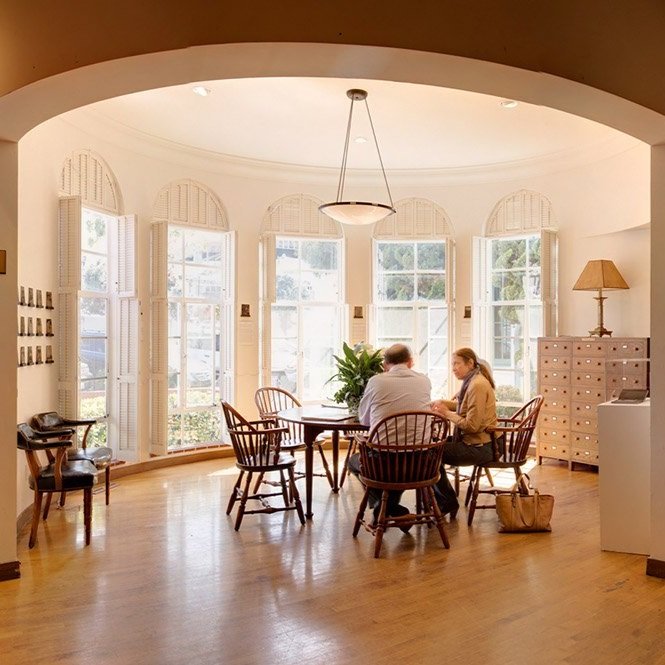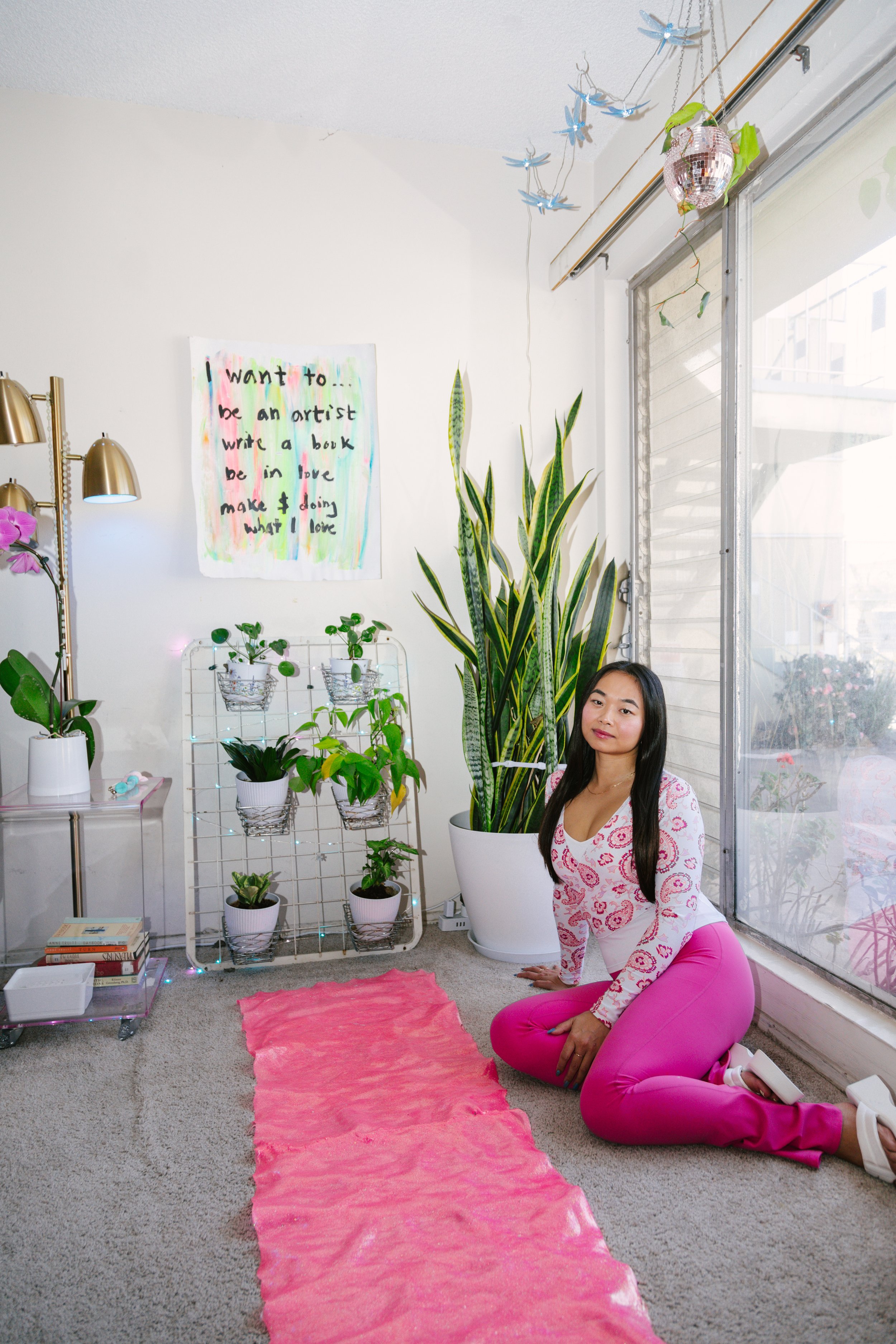Lectures
HOME / EVENTS / LECTURES
Saturday, April 12, 2025
5:30–6 PM members-only reception;6 PM general reception; 6:30 PM lecture
Please join us for an artist talk with Yang Jiang. She will share a special presentation on her Athenaeum show, I thought I’d Be Braver, and how it connects to her career and process. A members-only reception will take place from 5:30–6:00 p.m. The reception for all ticketholders will take place at 6:00 p.m., followed by a lecture at 6:30 p.m.
Monday, April 14, 2025
7:30 PM
The waning days of the Austro-Hungarian Empire coincided with a flourishing of Belle Époque artistic expressions in Eastern Europe. By the mid-1890s, the experimental Vienna Secession advocated for integrated design, while the “Wagner School” (named after Otto Koloman Wagner) supported a modern architecture where form followed function. Rebuilding, due to modernization, of Vienna led to entire sections of the city built in the Art Nouveau style. Artisans of the Wiener Werkstätte (Viennese Workshops) influenced the later Bauhaus, American Art Deco, Scandinavian Modernism, and Italian Craft and Design.
Monday, April 21, 2025
7:30 PM
Architect Antonio Gaudí was the greatest exponent of Catalan modernism. Influenced by neo-Gothic techniques and orientalism, he forged a unique organic style inspired by the complex geometry of natural forms. Although his very long career predates and postdates Art Nouveau’s heyday, his most original works coincide with the 1890–1915 period of this lecture series. His experimental work with hyperboloid and paraboloid arches influenced mid-century modernism, High Tech, postmodernism, and Deconstructivism.





